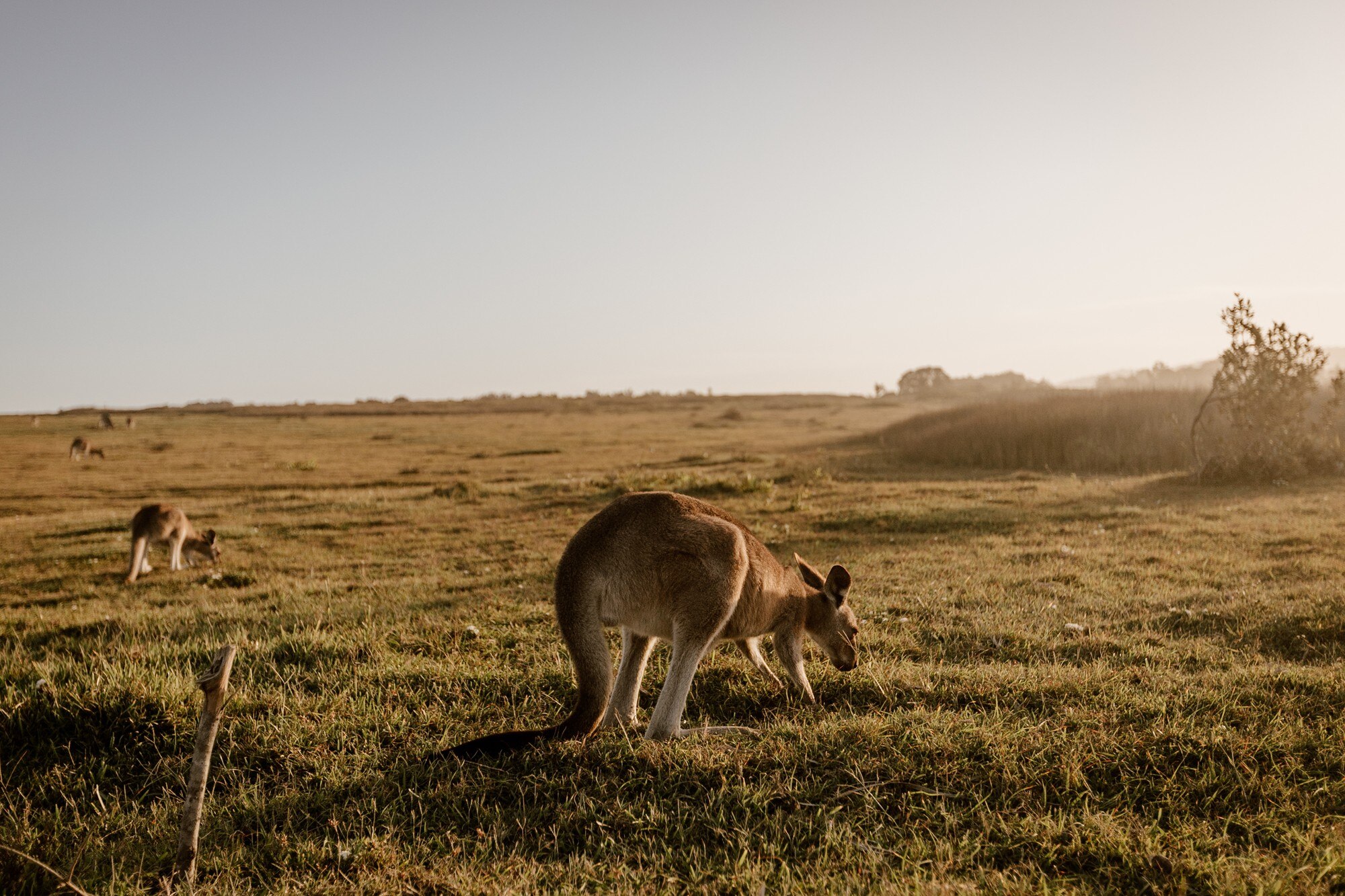Navigating the financial landscape of retirement can be complex. This is especially true when considering the move into a retirement village.
In Australia, Centrelink plays a crucial role in providing financial support to eligible retirees. However, understanding how Centrelink assesses retirement village fees and charges can be a daunting task.
This article aims to shed light on how Centrelink treats retirement villages. We will delve into the financial implications and potential benefits or subsidies that may be available.
Whether you are a retiree considering this move, a family member assisting with the decision, or a financial advisor, this guide will be of value.

We will provide clear, actionable information to help you make informed decisions.
Stay with us as we explore the intricacies of Centrelink and retirement villages in Australia.
Understanding Retirement Villages in Australia
Retirement villages in Australia offer a unique living arrangement for retirees. They provide a community environment with access to various amenities and services.
However, the financial structure of these villages can be complex. It often involves an entry contribution, ongoing fees, and exit fees.
Here are some key points to understand about retirement villages:
- They are not aged care facilities. They cater to independent retirees who may need some level of support.
- The financial arrangements can vary greatly between different villages.
- Understanding these financial arrangements is crucial when considering Centrelink assessments.
In the following sections, we will delve deeper into how Centrelink treats these financial aspects.
Centrelink’s Role in Supporting Retirees
Centrelink, a part of the Department of Human Services, plays a vital role in supporting Australian retirees. It provides financial assistance to eligible individuals through various benefits and pensions.
One of the key benefits for retirees is the Age Pension. This is a regular income stream for those who have reached the age pension age and meet the income and assets tests.
Understanding how Centrelink assesses your financial situation, including your living arrangements, is crucial. This understanding can help you make informed decisions about your retirement living options, including moving into a retirement village.
Financial Assessments for Retirement Village Residents
When you move into a retirement village, Centrelink assesses your financial situation. This assessment includes both your assets and income.
Your assets include any property or possessions you own. This could be your home, car, or savings.
Your income includes any money you receive. This could be from work, investments, or pensions.
Centrelink uses these assessments to determine your eligibility for benefits. This includes the Age Pension and Rent Assistance.
Here are some key factors Centrelink considers:
- The type of retirement village contract you have
- The amount you paid to enter the retirement village
- Any ongoing fees or charges you pay
- Any income you receive from the retirement village
Entry Contributions and Centrelink
When you move into a retirement village, you often pay an entry contribution. This is a lump sum payment.
Centrelink includes this payment in your assets test. However, the amount included depends on your retirement village contract.
For example, if you have a ‘lease for life’ contract, Centrelink may exclude some or all of your entry contribution.
It’s important to understand how your entry contribution affects your Centrelink assessment.
Ongoing Fees and Charges
Living in a retirement village often involves ongoing fees and charges. These can include maintenance fees, service charges, and management fees.
Centrelink considers these fees when assessing your income. However, not all fees are included in the assessment.
For example, general service charges for things like gardening and cleaning are not included. But, personal service charges for things like meals and laundry are included.
Understanding how Centrelink treats these fees can help you plan your retirement finances.
The Impact on Age Pension Eligibility
Your financial assessments can impact your Age Pension eligibility. If your assets or income are above certain limits, you may receive a reduced pension.
For example, if your entry contribution to a retirement village is high, it may increase your assets. This could reduce your Age Pension.
Similarly, if your ongoing fees are considered income, this could also reduce your Age Pension.
Understanding these impacts can help you make informed decisions about moving into a retirement village.
Rent Assistance and Retirement Villages
If you pay rent in a retirement village, you may be eligible for Rent Assistance from Centrelink. This is a supplement to your regular payments.
The amount of Rent Assistance you can receive depends on how much rent you pay. There are also income and assets tests to consider.
It’s important to note that not all retirement village fees are considered rent by Centrelink. Only certain charges, like site fees, are included.
Understanding these rules can help you maximise your Centrelink benefits.
Gifting Rules and Retirement Village Payments
When moving into a retirement village, you may need to make a lump-sum payment. This is often referred to as an ‘entry contribution’.
Centrelink has specific rules about gifting. If your entry contribution is considered a gift, it could affect your Centrelink payments.
It’s crucial to understand these rules before making any large payments. This way, you can avoid any unexpected impacts on your Centrelink benefits.
Remember, each situation is unique. Always seek advice tailored to your circumstances.
Exiting a Retirement Village: What Happens?
Leaving a retirement village can have financial implications. This is especially true if you’ve made an entry contribution.
Centrelink may consider the return of your entry contribution as income. This could affect your Centrelink payments.
It’s important to understand the terms of your retirement village contract. This includes any exit fees or conditions.
Remember, always keep Centrelink informed about changes in your living arrangements. This ensures your payments are accurate.
The Importance of Financial Advice
Navigating Centrelink rules for retirement villages can be complex. It’s often beneficial to seek professional financial advice.
A financial advisor can help you understand the implications of different retirement village arrangements. They can also guide you through Centrelink’s assessment process.
Remember, informed decisions are key to maximizing your Centrelink benefits. Always consider professional advice when planning your retirement living arrangements.
Navigating Centrelink’s Resources
Centrelink’s website is a valuable resource for retirees. It provides detailed information on retirement villages and Centrelink assessments.
You can also access Centrelink’s Financial Information Service (FIS). This free service offers seminars and one-on-one meetings to help you understand your financial situation.
Remember, staying informed is crucial. Make use of these resources to understand how Centrelink treats retirement villages.
Checklist Before Consulting Centrelink
Before consulting with Centrelink, it’s important to gather relevant information. This will help you get the most out of your consultation.
Here’s a quick checklist to get you started:
- Details of your retirement village contract
- Information on any entry contributions and ongoing fees
- Any changes in your personal circumstances
- Details of your financial assets and income
Remember, the more information you provide, the more accurate your Centrelink assessment will be.
Conclusion: Staying Informed and Prepared
Understanding Centrelink’s treatment of retirement villages is crucial. It can significantly impact your financial situation in retirement.
Stay informed about any changes in Centrelink’s policies. Regularly check their website or consult with a financial advisor.
Remember, your living arrangements can affect your Centrelink benefits. Make sure to keep Centrelink updated about any changes.
In conclusion, being prepared and informed can help you navigate Centrelink’s rules for retirement villages. It’s the key to making the most of your retirement years.





Leave a Reply
You must be logged in to post a comment.